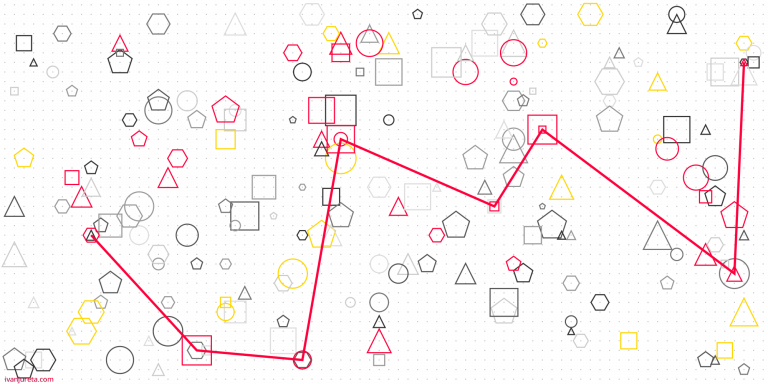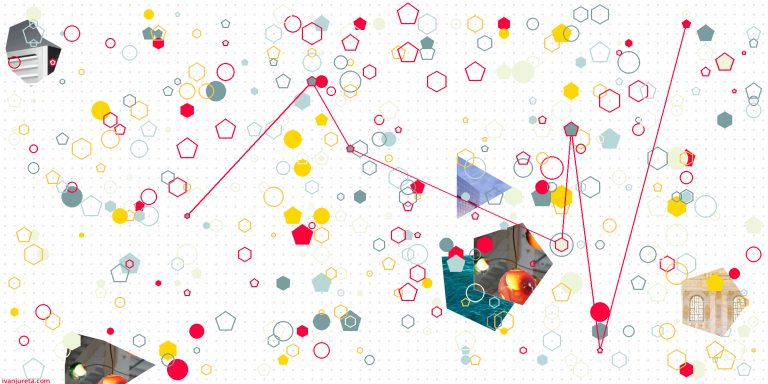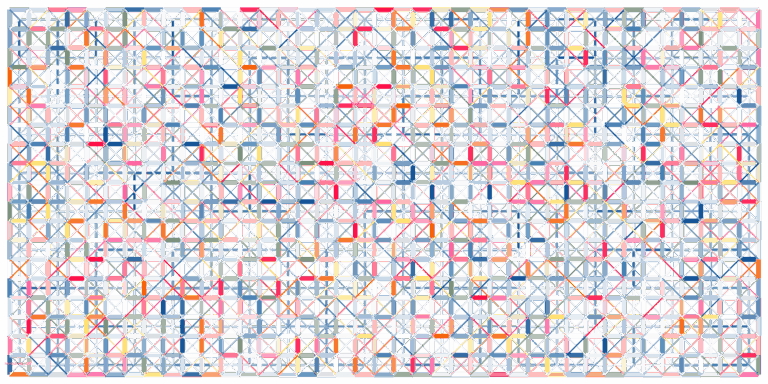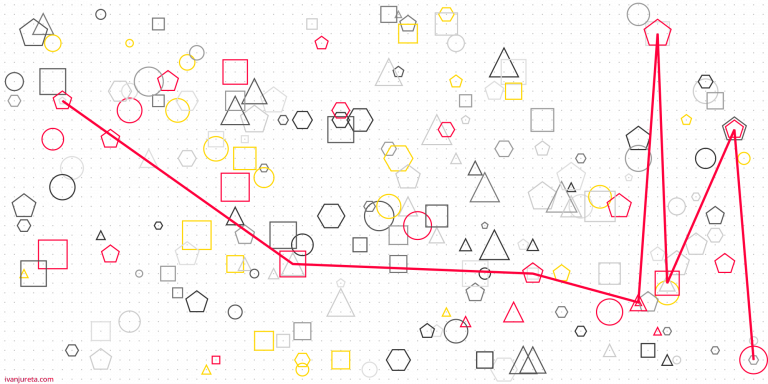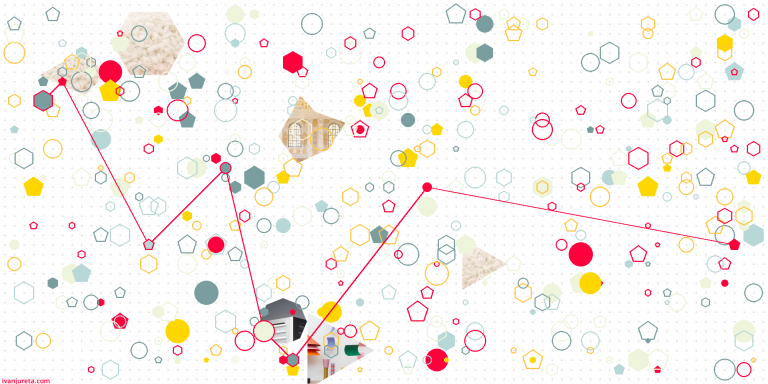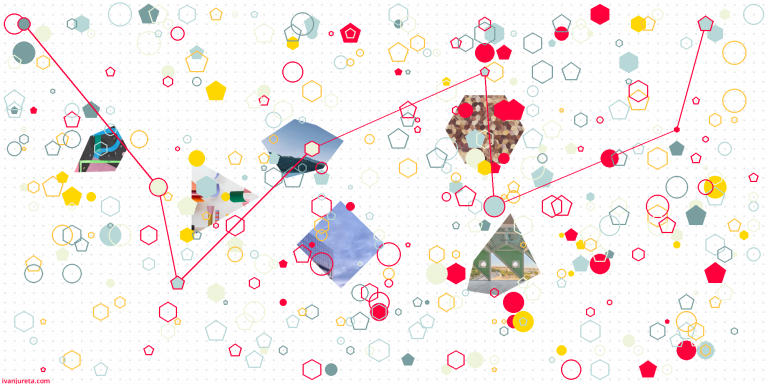Expectations: Different Definitions, Always About the Future

If we want to influence the expectations someone forms in a decision situation, we need to start with an understanding of what an expectation may be. “Expectation” usually refers to beliefs about the future, but has different specialized definitions across different contexts. This text gives a brief tour of four common interpretations of this concept and contexts in which these are used:
- Expectation as the predicted value of a variable,
- Expectation as a prediction about future events,
- Expectation as a belief about the likelihood of future events, and
- Expectation as a belief about the likely behavior of others.
This text is part of the series on decision governance. Decision Governance is concerned with how to improve the quality of decisions by changing the context, process, data, and tools (including AI) used to make decisions. Understanding decision governance empowers decision makers and decision stakeholders to improve how they make decisions with others. Start with “What is Decision Governance?” and find all texts on decision governance here.
1. Expectation as the Predicted Value of a Variable
A formalized definitions of expectation is the one in probability theory and economics, where it refers to the predicted value of a variable. The common use is in “expected utility”, where the term is used to mean the value of utility weighted by the uncertainty, or probability over alternative considered future values of utility. Broadly speaking, if x is a variable that we believe could take one or various values in the future, then the expected value of x is the weighted average value of all these possible values, weighted by the probability of each of these values. Below are examples from research where this definition is used, or is implicit.
- Savage (1954) formalized the concept of expected value in decision theory, which remains a foundational principle in economics and finance. His work demonstrated how individuals make choices under uncertainty based on their subjective probability distributions of possible outcomes.
- Muth (1961) introduced the rational expectations hypothesis, which states that individuals form expectations about economic variables (such as inflation or interest rates) using all available information. His model assumes that, on average, people do not systematically err in their expectations, making them an essential factor in macroeconomic modeling.
- Kahneman and Tversky (1979), in their work on prospect theory, showed that individuals often deviate from purely rational expectations due to cognitive biases. They found that while people attempt to predict future values of variables, their expectations are influenced by heuristics such as loss aversion and framing effects.
- Gigerenzer and Todd (1999) examined how expectations about statistical variables are formed in real-world decision-making, proposing that individuals rely on heuristic rules to approximate expected values when full information is unavailable.
2. Expectation as a Prediction About Future Events
A second common definition of expectation is a prediction about future events that one has based on what they know and the cues in the situation their expectations are forming in. Below are examples of research where “expectation” is understood as a prediction.
- Clark (2013) proposed the predictive brain hypothesis, arguing that the brain is fundamentally a prediction machine that continuously generates expectations about incoming sensory stimuli. His research supports the idea that perception itself is based on predictive models of reality.
- Friston (2010) developed the free-energy principle, suggesting that biological systems minimize uncertainty by forming accurate predictions of future environmental states, reinforcing the role of expectation in adaptation and learning.
- Bar (2009) explored how the brain constructs future-oriented representations using past experiences. His work showed that human cognition is heavily reliant on expectation-driven processes in both perception and decision-making.
- Moore and Fresco (2012) examined the role of expectation in psychological resilience, demonstrating that individuals with positive expectations about the future tend to exhibit better coping mechanisms in stressful situations.
3. Expectation as a Belief About the Likelihood of Future Events
A slightly different but related definition of expectation is that it represents a belief about the likelihood of future events. This perspective is widely studied in psychology, behavioral economics, and sociology.
- Ajzen (1991) introduced the Theory of Planned Behavior, which argues that expectations about the likelihood of future outcomes shape decision-making and behavior. His model demonstrates that subjective probabilities influence actions across domains such as health behavior and consumer choices.
- Loewenstein et al. (2001) studied how expectations about future rewards influence emotional responses and decision-making. Their work showed that anticipated pleasure or regret plays a crucial role in choices, reinforcing the idea that expectations are beliefs about future likelihoods.
- Sharot et al. (2011) examined the optimism bias, where individuals systematically overestimate the likelihood of positive events and underestimate negative ones. Their findings suggest that expectation is shaped by cognitive biases that modulate beliefs about the probability of different outcomes.
- Lind and Van den Bos (2002) explored how expectations about fairness influence judgments and trust in institutions. Their research highlights how beliefs about the likelihood of fair treatment shape individual behavior and societal stability.
4. Expectation as a Belief About the Likely Behavior of Others
The final definition of expectation is as a belief about the likely behavior of others. This definition is critical in sociology, social psychology, and game theory.
- Parsons (1951) emphasized that expectations play a crucial role in maintaining social order. His structural-functionalism framework argues that societal stability depends on shared expectations about behavior in different roles and contexts.
- Goffman (1959) introduced the concept of role expectations, showing that individuals adjust their behavior based on how they expect others to react in social interactions. This work remains influential in understanding social norms and conformity.
- Bicchieri (2006) developed a formal theory of social norms, which explains how individuals’ expectations about others’ behavior influence cooperative and non-cooperative actions. Her research shows that when expectations about norm compliance are strong, people are more likely to conform to social rules.
- Fehr and Fischbacher (2004) examined the role of expectation in prosocial behavior and punishment. Their research in experimental economics demonstrated that people develop expectations about fairness and reciprocity, influencing their willingness to engage in altruistic acts or punish unfair behavior.
- Schelling (1960) studied expectations in strategic decision-making, showing how mutual expectations influence coordination and bargaining in social and economic interactions.
References
- Ajzen, I. (1991). The Theory of Planned Behavior. Organizational Behavior and Human Decision Processes, 50(2), 179-211.
- Bar, M. (2009). The Proactive Brain: Memory for Predictions. Philosophical Transactions of the Royal Society B, 364(1521), 1235-1243.
- Bicchieri, C. (2006). The Grammar of Society: The Nature and Dynamics of Social Norms. Cambridge University Press.
- Clark, A. (2013). Whatever Next? Predictive Brains, Situated Agents, and the Future of Cognitive Science. Behavioral and Brain Sciences, 36(3), 181-204.
- Fehr, E., & Fischbacher, U. (2004). Third-Party Punishment and Social Norms. Evolution and Human Behavior, 25(2), 63-87.
- Goffman, E. (1959). The Presentation of Self in Everyday Life. University of Edinburgh.
- Kahneman, D., & Tversky, A. (1979). Prospect Theory: An Analysis of Decision under Risk. Econometrica, 47(2), 263-292.
- Loewenstein, G., Weber, E., Hsee, C., & Welch, N. (2001). Risk as Feelings. Psychological Bulletin, 127(2), 267-286.
- Parsons, T. (1951). The Social System. Free Press.
- Schelling, T. (1960). The Strategy of Conflict. Harvard University Press.
Decision Governance
This text is part of the series on the design of decision governance. Other texts on the same topic are linked below. This list expands as I add more texts on decision governance.
- Introduction to Decision Governance
- Stakeholders of Decision Governance
- Foundations of Decision Governance
- How to Spot Decisions in the Wild?
- When Is It Useful to Reify Decisions?
- Decision Governance Is Interdisciplinary
- Individual Decision-Making: Common Models in Economics
- Group Decision-Making: Common Models in Economics
- Individual Decision-Making: Common Models in Psychology
- Group Decision-Making: Common Models in Organizational Theory
- Role of Explanations in the Design of Decision Governance
- Design of Decision Governance
- Design Parameters of Decision Governance
- Factors influencing how an individual selects and processes information in a decision situation, including which information the individual seeks and selects to use:
- Psychological factors, which are determined by the individual, including their reaction to other factors:
- Attention:
- Memory:
- Mood:
- Emotions:
- Commitment:
- Temporal Distance:
- Social Distance:
- Expectations
- Uncertainty
- Attitude:
- Values:
- Goals:
- Preferences:
- Competence
- Social factors, which are determined by relationships with others:
- Impressions of Others:
- Reputation:
- Promises:
- Social Hierarchies:
- Social Hierarchies: Why They Matter for Decision Governance
- Social Hierarchies: Benefits and Limitations in Decision Processes
- Social Hierarchies: How They Form and Change
- Power: Influence on Decision Making and Its Risks
- Power: Relationship to Psychological Factors in Decision Making
- Power: Sources of Legitimacy and Implications for Decision Authority
- Power: Stability and Destabilization of Legitimacy
- Power: What If High Decision Authority Is Combined With Low Power
- Power: How Can Low Power Decision Makers Be Credible?
- Social Learning:
- Psychological factors, which are determined by the individual, including their reaction to other factors:
- Factors influencing information the individual can gain access to in a decision situation, and the perception of possible actions the individual can take, and how they can perform these actions:
- Governance factors, which are rules applicable in the given decision situation:
- Incentives:
- Incentives: Components of Incentive Mechanisms
- Incentives: Example of a Common Incentive Mechanism
- Incentives: Building Out An Incentive Mechanism From Scratch
- Incentives: Negative Consequences of Incentive Mechanisms
- Crowding-Out Effect: The Wrong Incentives Erode the Right Motives
- Crowding-In Effect: The Right Incentives Amplify the Right Motives
- Rules
- Rules-in-use
- Rules-in-form
- Institutions
- Incentives:
- Technological factors, or tools which influence how information is represented and accessed, among others, and how communication can be done
- Environmental factors, or the physical environment, humans and other organisms that the individual must and can interact with
- Governance factors, which are rules applicable in the given decision situation:
- Factors influencing how an individual selects and processes information in a decision situation, including which information the individual seeks and selects to use:
- Change of Decision Governance
- Public Policy and Decision Governance:
- Compliance to Policies:
- Transformation of Decision Governance
- Mechanisms for the Change of Decision Governance
